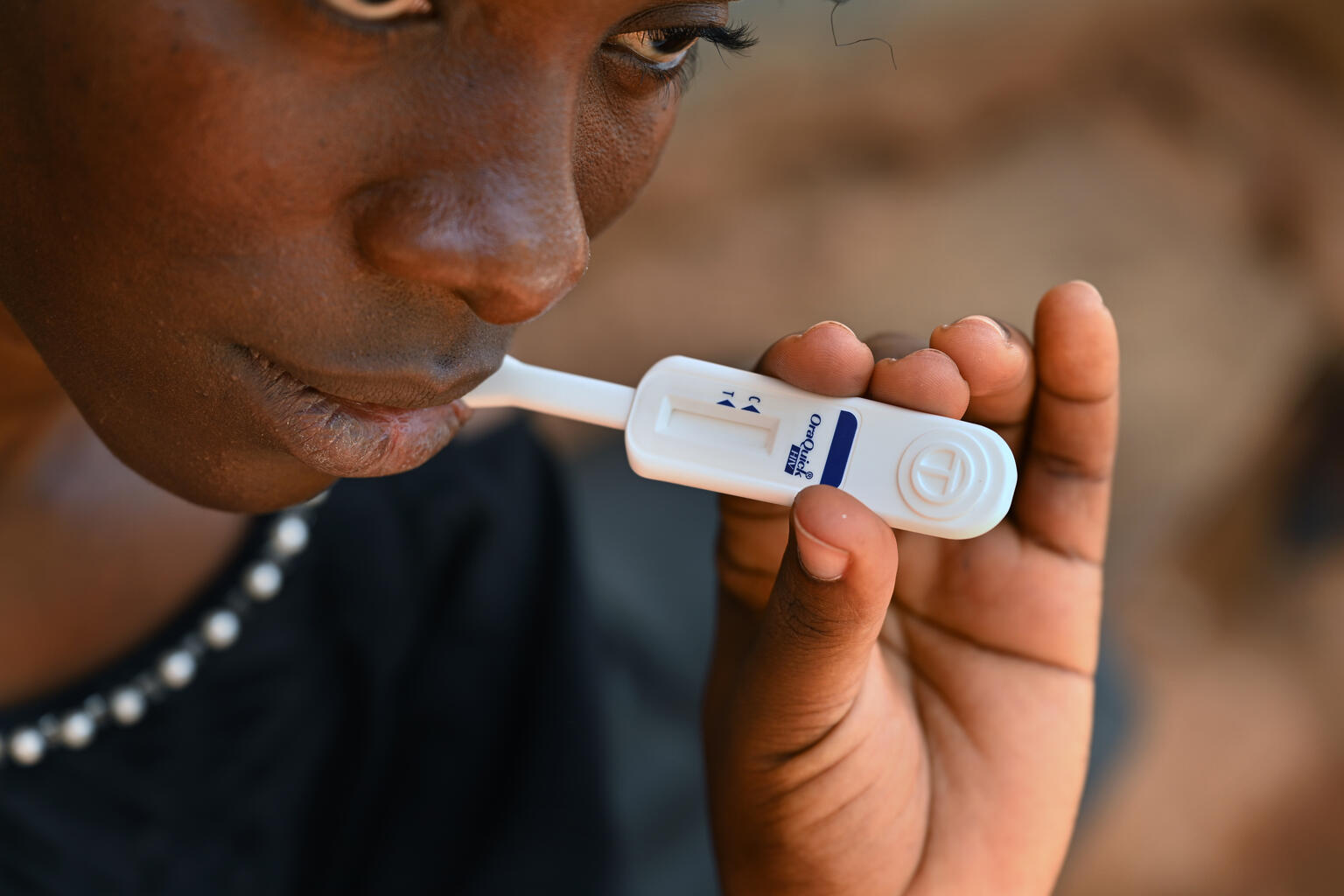Early testing and optimized treatment & care for children and adolescents living with HIV and perinatally exposed children
Find and link all infants, children and adolescents living with HIV by context.
Specific modalities to consider by context
- Demand creation for HIV testing services
- Early Infant Diagnosis
- Index-testing
- Population-specific case finding
- Routine opt-out testing of children with unknown status admitted for inpatient care or attending malnutrition clinics
- Community outreach in geographic areas with high unmet need, Community- facility- or family-based testing
- HIV self-testing
Resources
- CDC, EGPAF, UNICEF Technical Brief on Paediatric HIV Case-Finding: Beyond Infant Testing
- WHO Consolidated guidelines on HIV testing services
- AIDS Free Toolkit
- WHO HIV testing policy briefs
- HIV Point-of-Care Diagnostics Toolkit
- Family-based index case testing to identify children with HIV
- HIV diagnosis and ARV use in HIV-exposed infant
- Index Testing for Children and Adolescents
- Cost-effectiveness of Infant HIV Testing Strategies
EXPANDING DSD including MMD and family-centred care; supporting disclosure
- DSD across the cascade, testing, treatment and care
- Specific population considerations, CHILDREN, ADOLESCENTS, PREGNANT AND BREASTFEEDING WOMEN AND KEY POPULATIONS
Resources
- DSD DECISION FRAMEWORK FOR HIV testing
- Paediatric Service Delivery Framework
- UNAIDS DSD in Africa
- Decision Frameworks and Thematic Supplements
- Providing differentiated delivery to children and adolescents
- ART DSD for children, adolescents, pregnant and breastfeeding women and key populations breastfeeding women and key populations
Monitoring the uptake of and ADDRESSING BARRIERS to optimal antiretroviral therapy for children and adolescents per WHO recommendations
- Transitioning to optimal formulations based on WHO guidelines
- Adherence, retention in care, follow up
Resources
- Paediatric Abacavir/Lamivudine/Dolutegravir (pALD) fixed-dose combination: Introduction and rollout planning considerations for national programmes
- 2021 WHO HIV guidelines
- Improving HIV Service Delivery for Infants, Children and Adolescents: A framework for country programming
- Paediatric DTG implementation considerations for national programmes
- Going the 'Last Mile' to EMTCT: A road map for ending the HIV epidemic in children
- Transitioning to the 2021 optimal formulary for children
- Paediatric ARV dosing dashboard
- Comprehensive package of care for infants and young children exposed to HIV
- Package of care for children and adolescents with AHD
- Nurturing care for children affected by HIV
Promoting VLM, providing better systems for referral of complex cases
- Strengthening age-appropriate mental health and psychosocial support to improve continuity of treatment, particularly for adolescents and mothers
- Promoting cross-sectoral collaboration e.g., ECD, nutrition, education, mental health, child protection and social protection.
Resources
- 2021 WHO HIV guidelines
- Updated recommendations on service delivery for the treatment and care of people living with HIV
- Adolescent-friendly health services for adolescents living with HIV: from theory to practice
- Safeguarding the future: giving priority to the needs of adolescent and young mothers living with HIV
- UNAIDS & WHO Integration of mental health and HIV interventions
